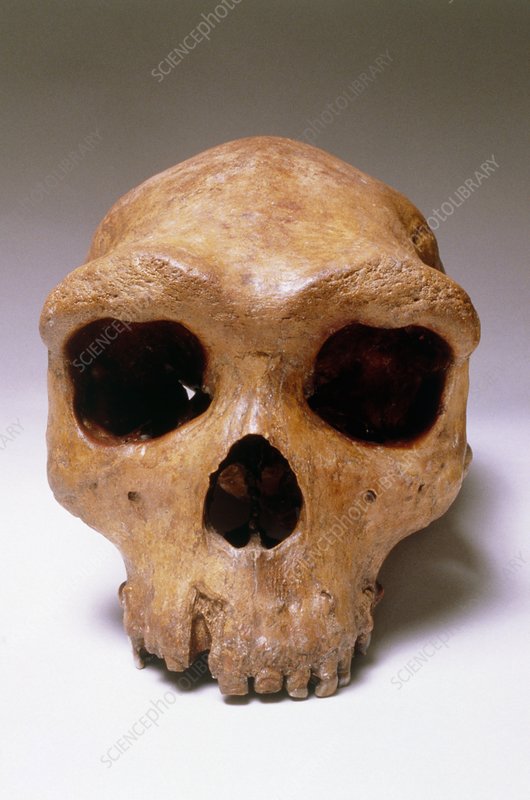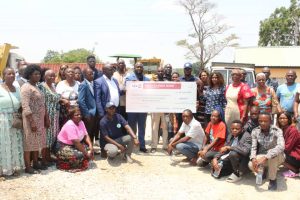The United Nations Educational Scientific and Cultural Organisation (UNESCO) has passed long awaited resolution instructing the United Kingdom (UK) and Northern Ireland to return the Broken Hill man’s skull to Zambia.
The resolution was passed during the 24th session of the Intergovernmental Committee for Promoting the Return of Cultural Property to its countries of origin or its Restitution in case of Illicit Appropriation (ICPRCP) held from May 29 to 31, 2024, at UNESCO in Paris, France.
The case came up for discussion before the chairperson of the session Ambassador Liborio Stellino, who is Permanent Delegate of Italy to UNESCO, where committee members overwhelmingly supported the amendment put forth by Special Envoy to the President, Lazarous Kapambwe.
The committee supported the legitimate grounds advanced by Zambia, highlighting the spiritual importance and connection of the skull to the identity and history of Zambia.
Mr Kapambwe, in his capacity as Chief Negotiator underscored the ancestral significance of the Broken Hill Man Skull to Zambia’s cultural heritage.
He emphasised the connection of the skull to the Zambians, calling for its return to reconnect with the people and rest its spirit in accordance with the customs.
And Zambia National Commission for UNESCO through its Senior Programme Officer for Culture Samson Kantini welcomed the resolution as a progressive milestone towards a fruitful conclusion of the negotiations
“I look forward to the release of the ancestor from the Natural Museum English Prison where he remains incarcerated for over 100 years now,” Dr Kantini stated.
He applauded the iconic leadership of the chief negotiator and the candid support of the permanent delegation of Zambia to UNESCO led by Ambassador Judith Mulenga.
And Kabwe Central Member of Parliament, Chrizoster Phiri reiterated the spiritual connection of the ancestor to the Zambians.
Ms Phiri added that the restitution case is also of concern to Members of Parliament in Zambia, who are desirous to know the outcome of the negotiations.
The counterproposal from the UK did not include the return of the skull hence the two parties reached a deadlock.
Department for Digital, Culture, Media and Sport from the UK Director General, Polly Payne stated that the UK does not agree to the return of the skull, as such suggesting a roadmap would be in bad faith.
The Broken Hill Man Skull was discovered on June 17, 1921 in Kabwe, Zambia by an African miner and Tom Zwigglar, a Swiss Miner.
The skull was later donated to the Natural History Museum in London when it was still a part of the British Museum after it was taken to the UK for study purposes.
Zambia began negotiations with the UK in 1972 on the return of the skull and in 2018, the country submitted the case to the 21st session of the ICPRCP Committee to garner international support and cooperation for the return of the property.
The resolution highlights the need for Zambia and the UK to come up with a roadmap on the return of the skull which should be submitted to the 25th session of the committee.
It represents a crucial development in the ongoing efforts to return the skull to Zambia after 52 years of no meaningful progress in the negotiations.
This was in a statement issued to ZANIS by Zambia’s First Secretary for Press in France Naomi Mweemba.





